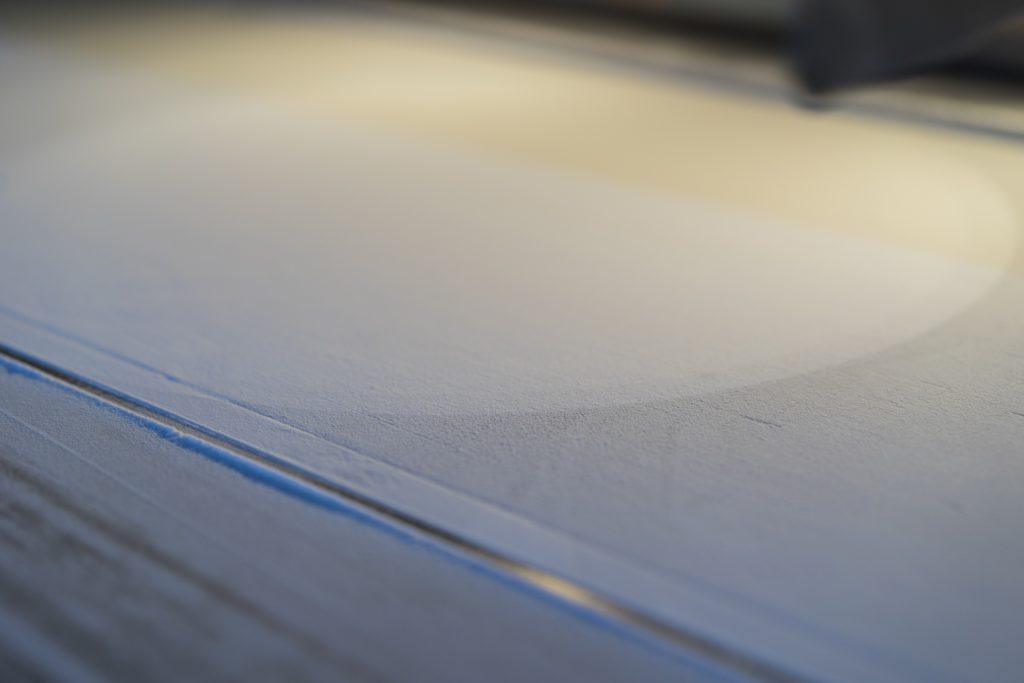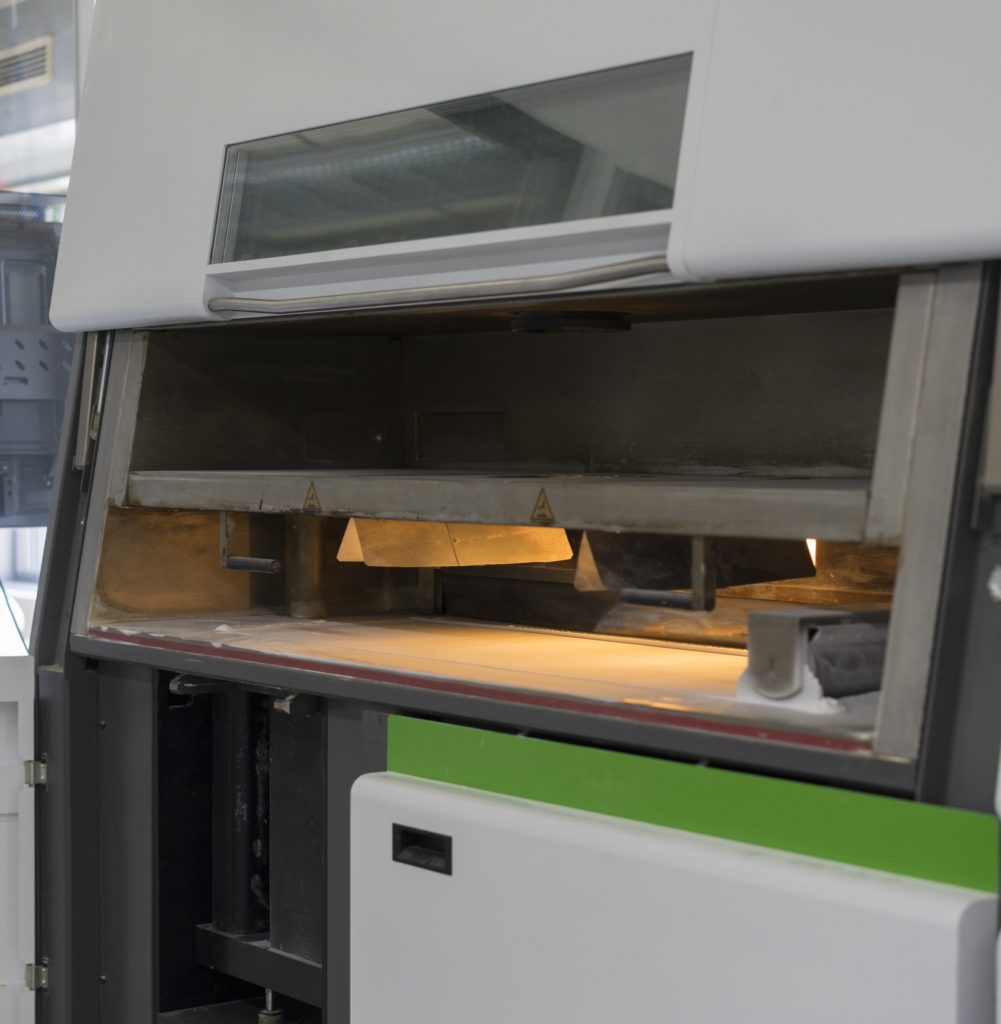
History of 3D printing
Small ideas become the technology of the future
3D printing is the collective term used for various additive manufacturing processes, many of which date back to technical innovations of the 1980s. When the first computer-aided design (CAD) programs became established in industry, the basis for automated production processes was created. The idea of printing a 3D solid was first presented by the Japanese academic Hideo Kodama from Nagoya Municipal Industrial Research Institute. In 1982 he published an academic paper on automated production of three-dimensional plastic models using photo-chemical curing.
The birth of stereolithography
3D systems inventor Charles “Chuck” Hull, who patented the stereolithography (SLA) process in 1986, is regarded as the founder of modern 3D printing. He was the first to get light-sensitive epoxy resins to harden in layers with the help of targeted UV radiation and build them into three-dimensional objects – a process that is still in use today. A “by-product” of Hull’s research is the STL file format, which is still used as the standard in 3D printing.
The first SLS machine was called “Betsy”
At about the same time that the stereolithography process was being created, selective laser sintering (SLS) was also developing. The American Carl Deckard, at that time a mechanical engineering student, set out to automate the production of master models using 3D CAD data. CAD programs were relatively new and up till then master models had largely been made by hand. Together with his professor, Joe Beaman, Deckard designed a machine that was connected to a computer and made loose particles of plastic powder melt under a directed laser beam. The first SLS machine was called Betsy and initially produced only lumps of plastic, but the principle worked. Deckard registered the patent for the SLS process in 1986, the same year as Chuck Hall.
3D printing at home
Fused deposition modeling (FDM) was developed at the end of the 1980s and originates from Stratasys founder S. Scott Crump. In collaboration with his wife Lisa, he developed a 3D printing process in which strands of plastic are melted by a nozzle (extruder) and applied in layers onto a printing platform. The term “fused deposition modeling” and the abbreviation FDM were protected trademarks of Stratasys, but the patent expired in 2009. Since then, the market for FDM printers has expanded significantly and production of affordable FDM printers for private use has begun. This development was also supported by the open source project RepRap. The Replicating Rapid Prototyper is based on the fused filament fabrication (FFF) process, which melts plastic and builds it up layer by layer in a similar way to FDM. The inventor of the RepRap, Adrian Bowyer, created a 3D printer that is cheap to manufacture and available to everyone. Bowyer put the plans for the first RepRap under General Public License (GNU) and thus made them publicly accessible. With material costs to build one at just under €500, it was within the means of private users.


